*** Spoilers for episodes one and two of House of the Dragon ahead. Proceed at your own risk.***
The first episode of HBO’s House of the Dragon has made massive waves across the Internet ever since its premiere on August 21— proving that despite everything we’re still all hung up on Game of Thrones.
At least I know I am, and I also have no problems admitting that in the course of this week I’ve managed to rewatch episode one of House of the Dragon not one, not twice but a grand total of three times— just how giddy can you get watching someone in a terrible platinum wig fly on a CGI dragon? The answer is a lot. And I’m on my way to do the same with the second episode—I’ve seen that twice already.
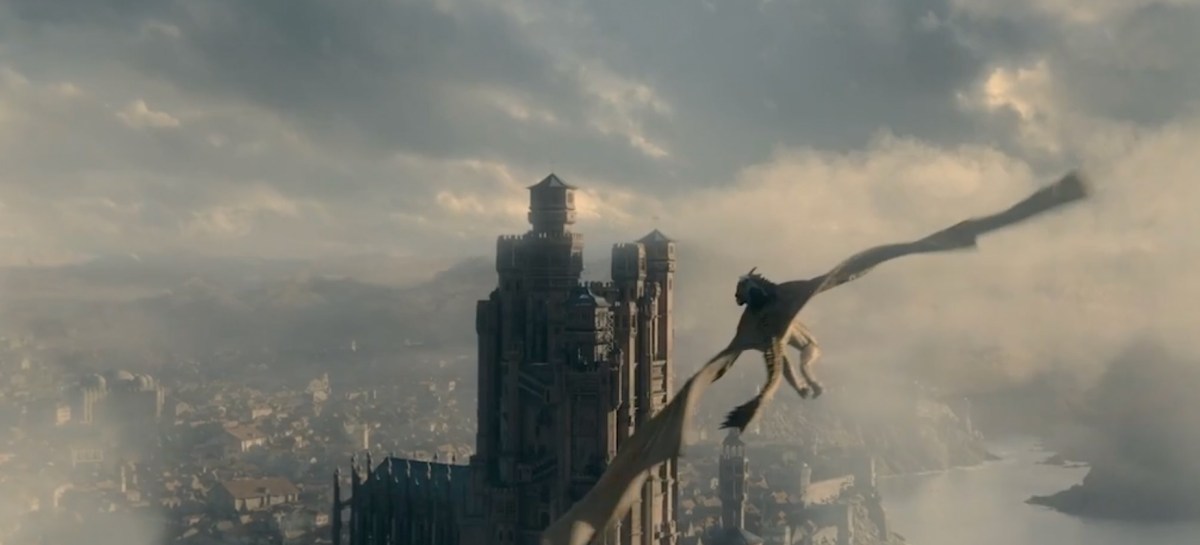
House of the Dragon certainly premiered with a bang: the first episode’s one-hour runtime was packed with events, from the insight on the Great Council that decided who was going to succeed King Jaehaerys I to the tourney to Queen Aemma’s brutal death to King Viserys’s decision to name Rhaenyra as his heir. Audiences also seemed to agree, with massive viewing numbers that brought in the most viewers ever for a new HBO show.
The second episode further established the conflict that is going to devolve into the Dance of the Dragons—Rhaenyra versus a possible male heir that King Viserys seems ever closer to getting, since he announced that Alicent Hightower is going to be his new Queen. We also saw more of Daemon Targaryen being absolutely unhinged, because what else could you expect from him, really.
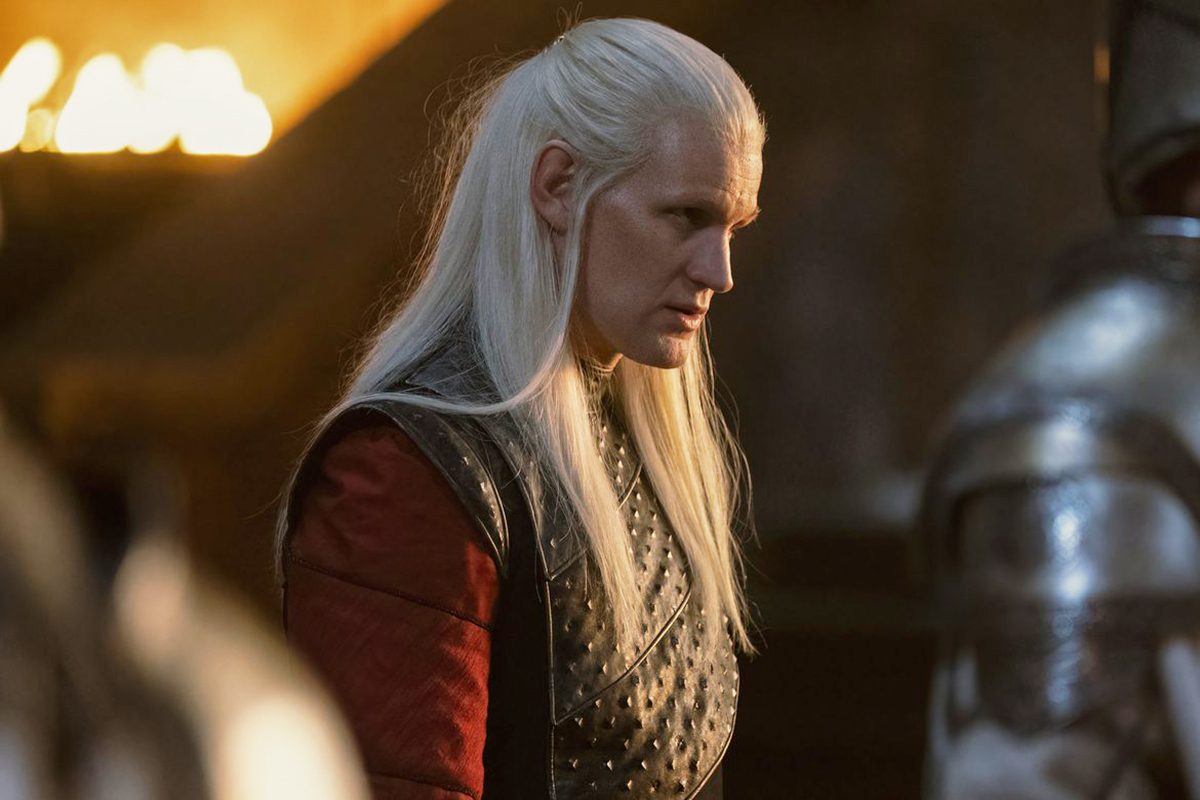
While it might seem that House of the Dragon and Game of Thrones are connected only by them being set in the same world — with returning locations and family names — the storylines of the two shows are actually much more tied together than one could think. And that’s also thanks to some pretty important revelations that popped up in House of the Dragon and cast a dramatically different light on everything we thought we knew so far.
But let’s take this one step at a time. The first major connection that House of the Dragon establishes with Game of Thrones’s plot is the decline of the Targaryen dynasty. The Dance of the Dragons is, after all, the true beginning of the end of the dragonlords — after the Dance their rule will continue for almost another two centuries, true, but they will never be as powerful as they were in their pre-Dance years.
And that’s because this bloody civil war that we see brewing on the horizon in House of the Dragon is going to take away not only most of the members of House Targaryen, but also a good chunk of their dragons — who have always been the true force behind their power, something that the Targaryens themselves know very well.
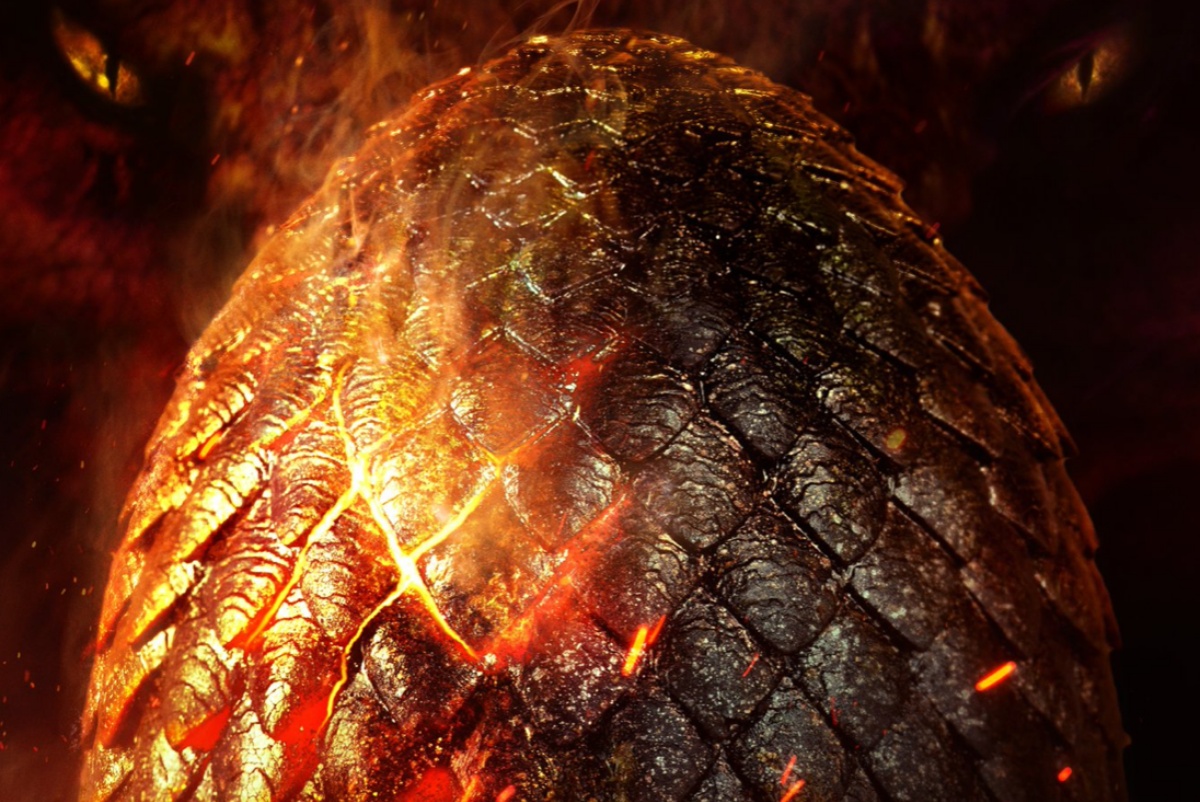
After the Dance the remaining dragons will eventually grow smaller — like “our” Viserys tells Doreah during the first season of Game of Thrones — and die out, ultimately making the Targaryens easier to kill. Robert’s Rebellion surely would have ended differently if Prince Rhaegar had dragons at his disposal; but during the reign of the Mad King, they were already considered a thing of legend.
There’s also another, subtler connection that House of the Dragon creates with Game of Thrones that is a direct consequence of this “Targaryen decline” plot line, and that’s a general air of past grandeur that has been lost. Compare the two tourneys we have seen in both shows: the one in House of the Dragon to celebrate the birth of the prince that would have been the undisputed heir to the throne and the one in Game of Thrones to welcome Ned Stark as the new Hand of the King.
The one in House of the Dragon is held in a massive arena filled to the brim with people — it’s a celebration fit for a kingdom at the height of its power, with colours everywhere, banners flying, extravagant armour and rich clothes.
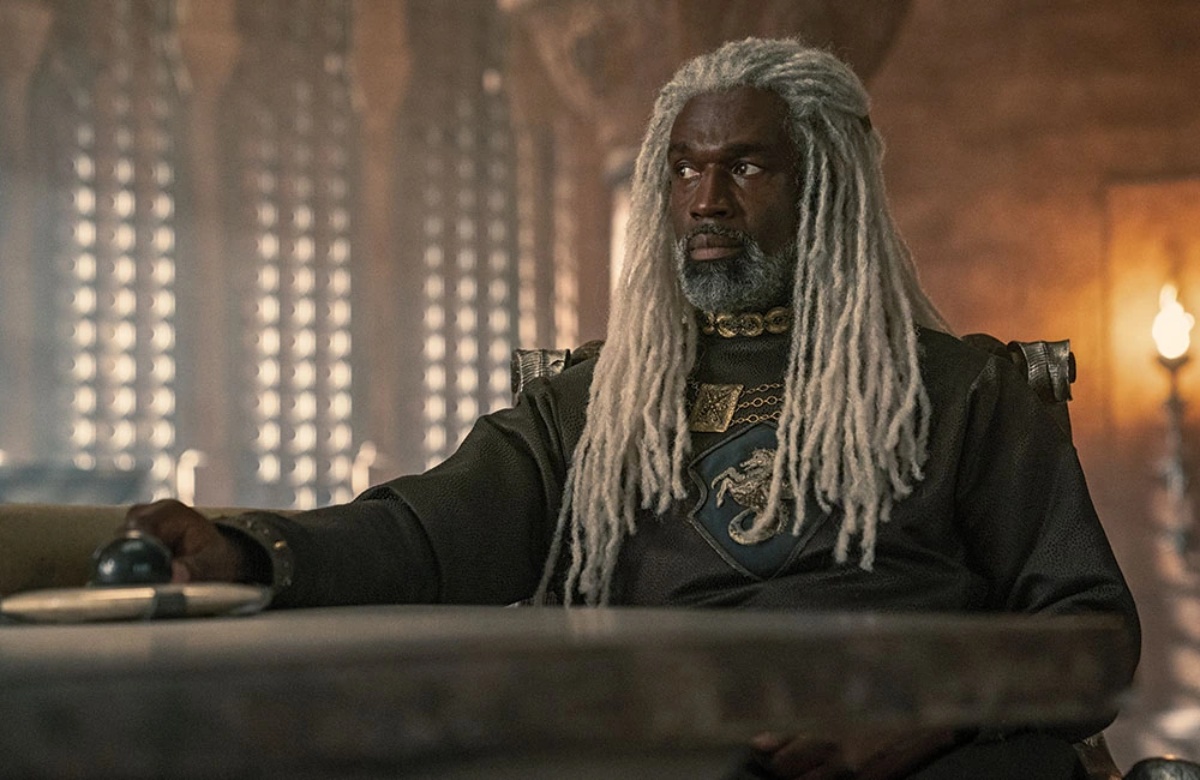
In comparison, the one we see in the first season of Game of Thrones seems like a small, scarce affair. The arena is gone and everything is made of wood rather than stone — after all, we know that by the time Robert Baratheon was King, the Crown was severely indebted to both the Lannisters and the Iron Bank of Braavos, which certainly doesn’t give a very “strong and secure” vibe. It’s even the reason why Ned Stark didn’t want the tourney in the first place.
All of this is an immediate, visual cue of the fact that the Seven Kingdoms have been diminished over the years. Not just by the Rebellion and the ascension to the Iron Throne of a new royal line, of course. The ruin of the Targaryens was a decline of the Seven Kingdoms themselves, and Robert’s Rebellion was simply the final cherry on top of it all.
And then there’s the Long Night. This is the one true major connection between the two shows, brought on by King Viserys revealing to Rhaenyra that the Targaryens didn’t conquer Westeros just because they thirsted for power in episode one of House of the Dragon. Together with Rhaenyra we discover that Aegon Targaryen actually started the Conquest with his sisters Rhaenys and Visenya because he dreamed that someday a great threat would come for Westeros — one that could be prevented only by a Targaryen sitting on the Iron Throne.
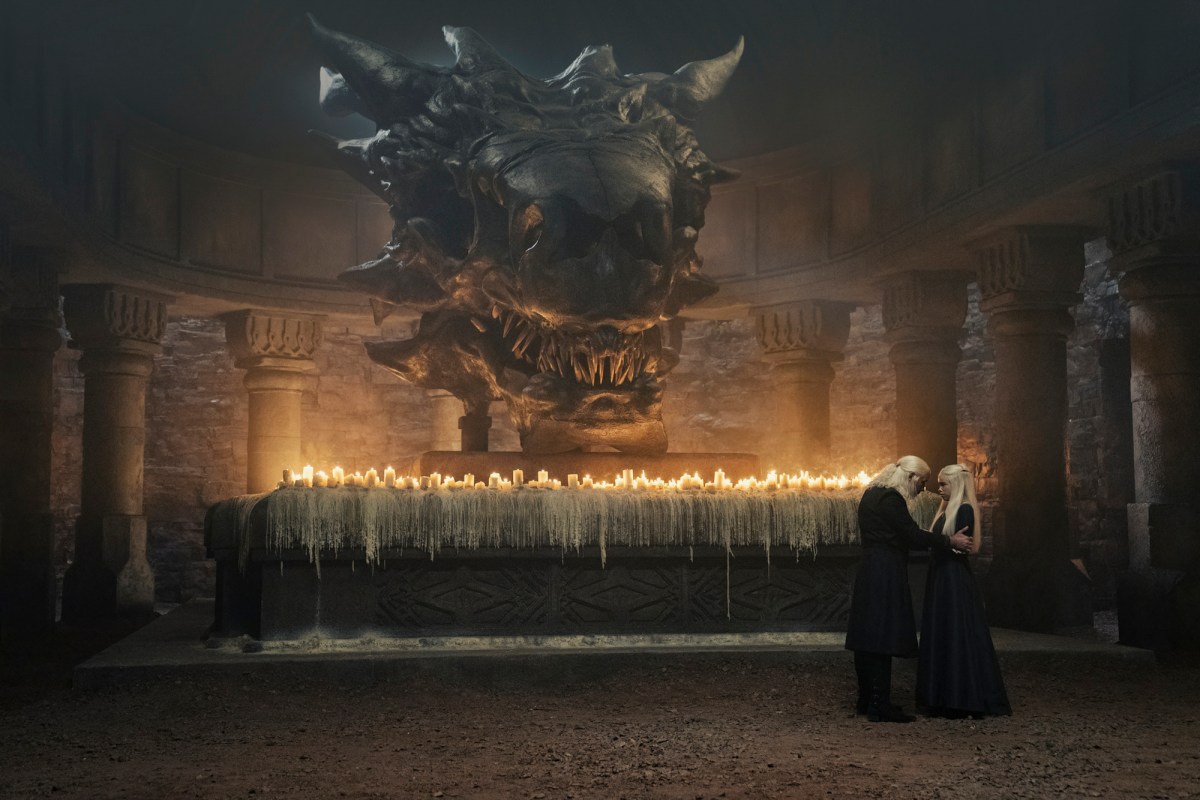
With the knowledge we have acquired from Game of Thrones we of course know what that threat is: the Night King, with his White Walkers and his Long Night and his armies of the dead. So that means that Daenerys Targaryen was somehow always destined to become Queen of the Seven Kingdoms and fight in the Long Night — a war that, according to this new piece of information, couldn’t have been won if she hadn’t been there with her dragons.
Of course, Jon could also be considered the Targaryen ruler that Aegon saw in his dream, as the true born son of Rhaegar Targaryen. Then again, Daenerys is the one who brought the dragons to the fight, so that has to count for something.
If you’re wondering whether this makes the decision of having Arya Stark kill the Night King in the name of sUbVeRtInG eXpEcTaTiOns and plot twists instead of someone more closely connected to the whole Targaryen/Stark/Ice/Fire thing — meaning either Daenerys or Jon — all the more head-scratching, the answer is yes. Yes, it does.
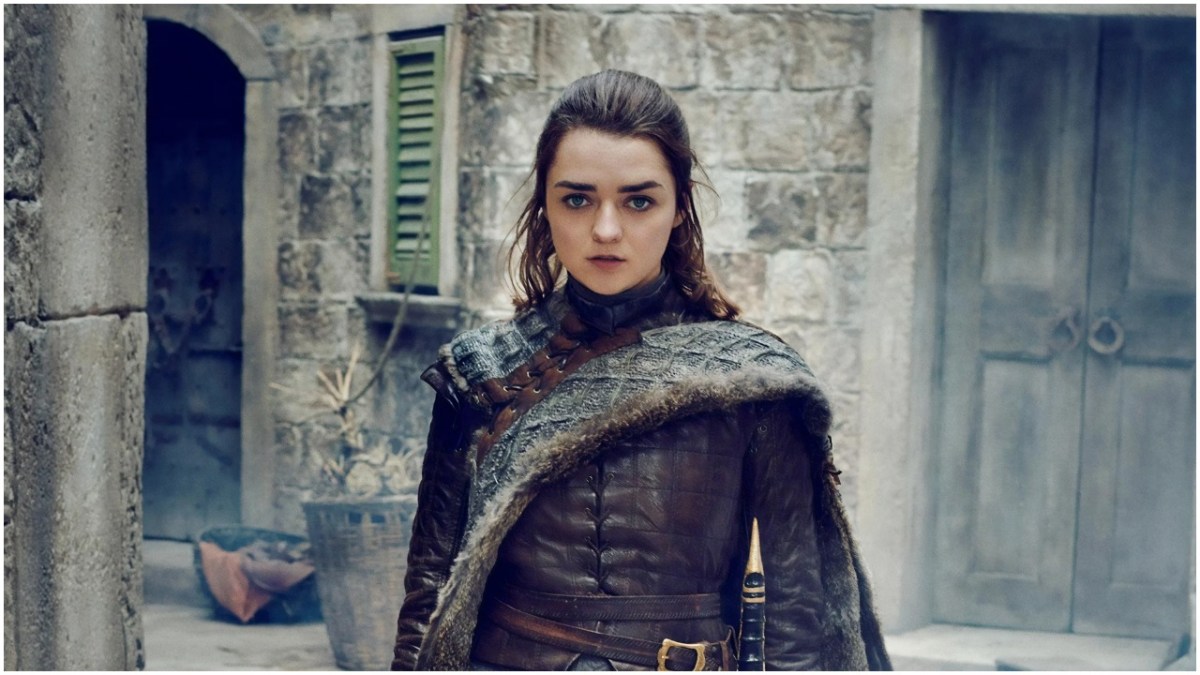
And that’s just for the first two episodes! Who knows what else House of the Dragon has in store for us.
(image: HBO)



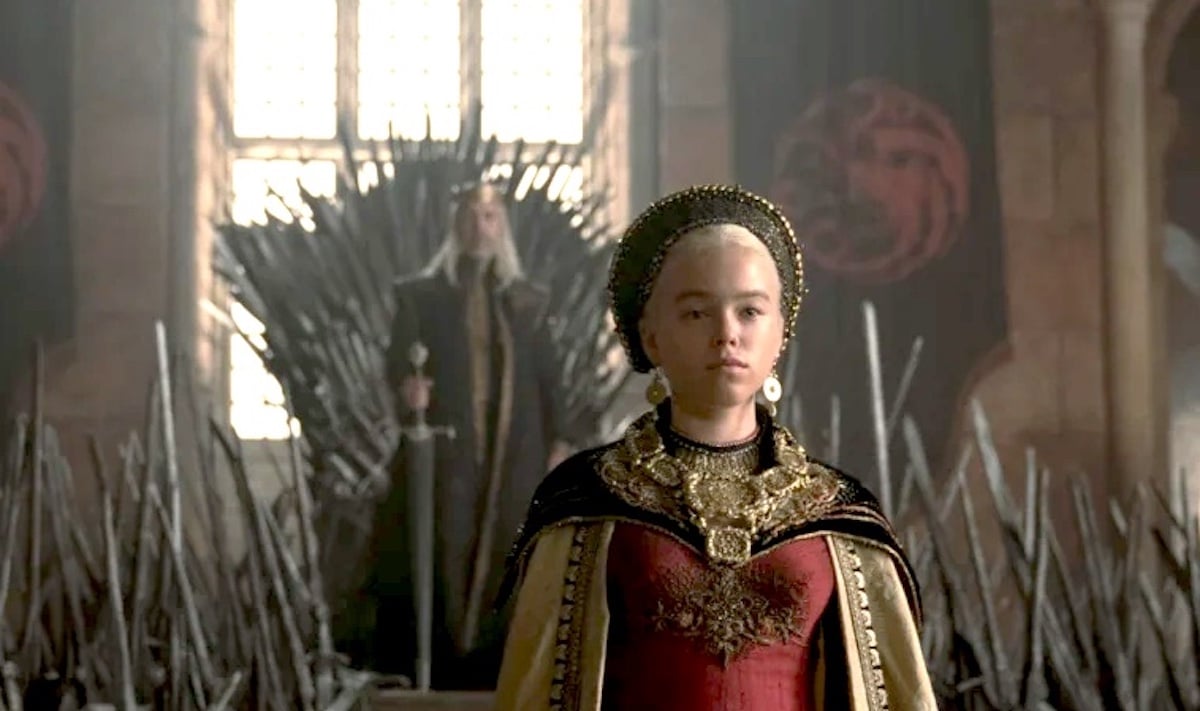





Published: Aug 30, 2022 12:13 pm